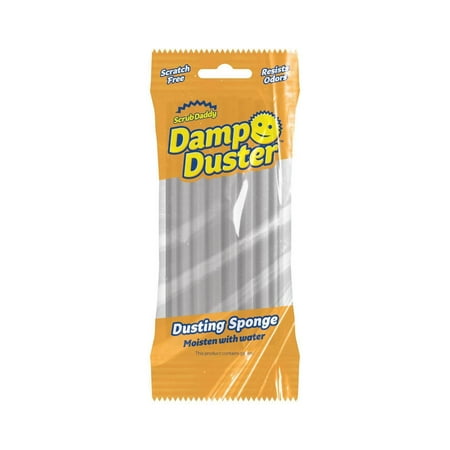This Clutter Awareness Week, pro organizers reveal 5 clutter categories that had a 'huge impact' on their clients' wellbeing – and how to clear yours easily
These will help you clear dumping grounds and feel lighter with ease

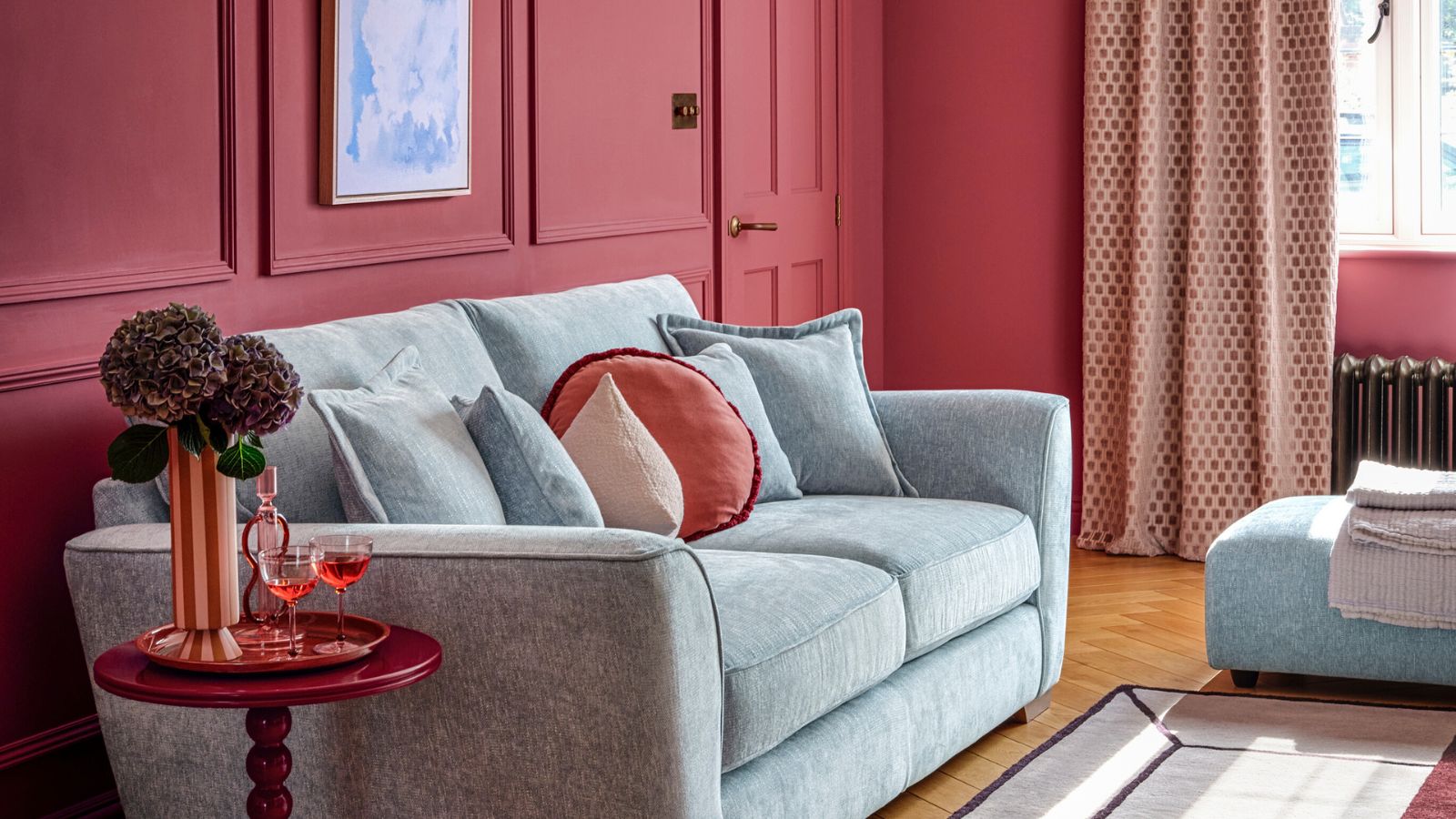
This Clutter Awareness Week 2025 is the perfect time to get rid of those unwanted items that complicate everyday living and weigh us down.
For a little timely inspiration, professional organizers have shared five things that immediately reduced their clients' clutter load and transformed their homes for good.
These decluttering tips are helpful, easy, and focused, taking away a common clutter blocker: Knowing where to start.
Decluttering for clutter awareness week
Audra George, professional home organizer and owner of Pretty Neat Oklahoma, begins, ‘The "clutter load" in our home is not given enough credit for how it impacts us. Clutter and chaos in our environments can increase stress, mental overwhelm, and make it difficult to physically get around.
'Decluttering is a huge step to simplifying your home and getting organized so things function well and find what you need efficiently. With clients, decluttering these things makes a huge impact both mentally and physically.’
1. Clearing paper clutter
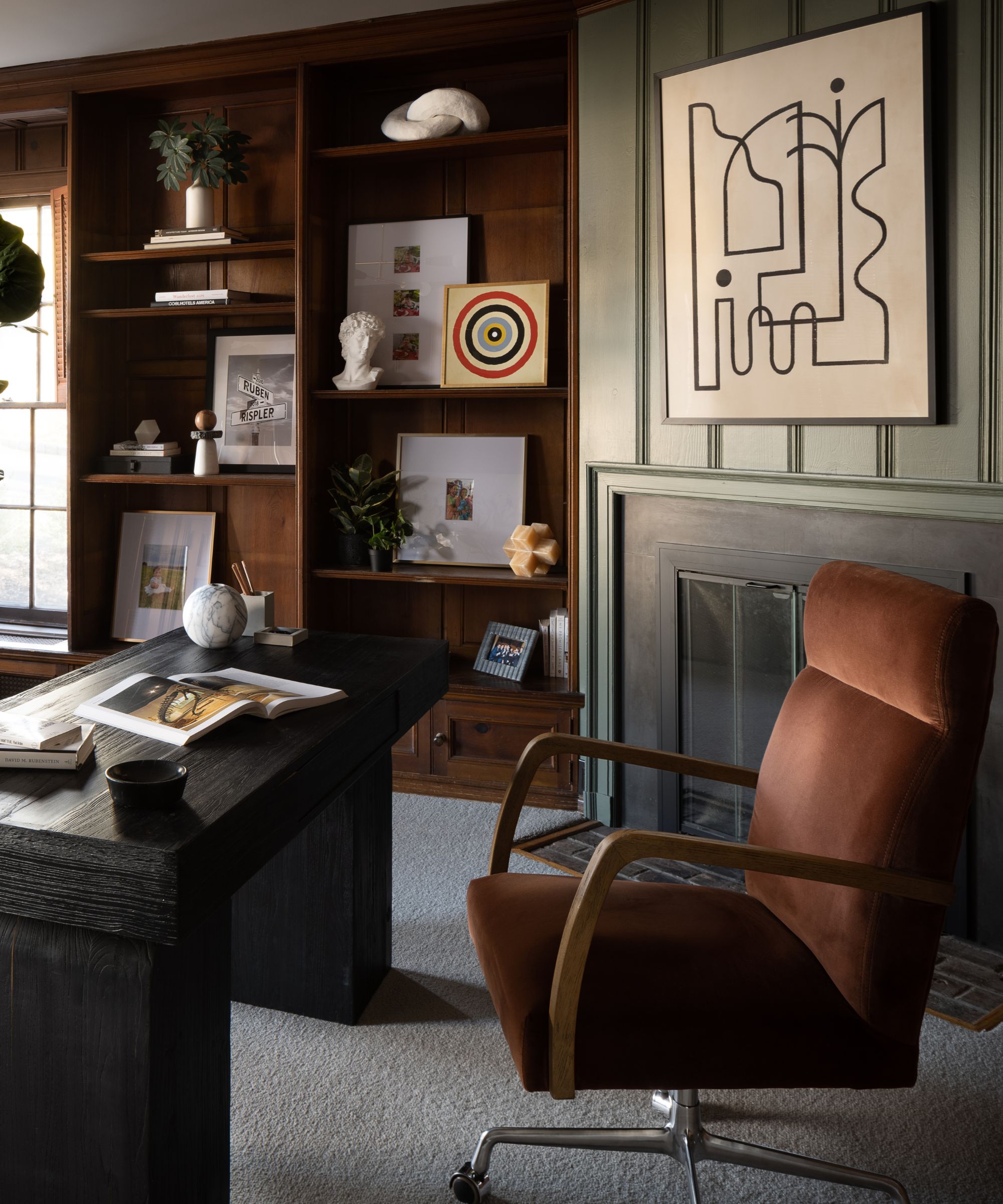
Think beyond the home office to deal with paper clutter hiding all over the home.
Organizing paperwork might seem like a minor task, but decluttering this area can be a great task for Clutter Awareness Week (6-12 August) and has proven to be a game-changer for a client of Courtney Cummings, professional home organizer and founder of The Stylish Organizer.
She shares, ‘Paper clutter is one of the biggest challenges that I see with clients when working in basements and office spaces. The uncertainty of what to keep and what to let go can leave you paralyzed with indecision. Let’s break through that barrier and get down to what is important.
Design expertise in your inbox – from inspiring decorating ideas and beautiful celebrity homes to practical gardening advice and shopping round-ups.
‘When working with a client recently in her basement space, she admitted that her storage room was the graveyard where old paperwork went to die. The sheer volume of paper that had accumulated over 30 years in her house was weighing on her.
'We quickly got to work sorting documents, shredding and discarding bank statements from the late 90s, paid bills from the early 2000s, and documents relating to the sale of their home in the late 80s.
‘Don’t get me wrong, there are certain documents that you need to keep, including tax statements from recent years, so I recommend you consult with your tax professional before disposing of any old records.'
We also have an expert-led list of how long you need to keep hold of paperwork so you can say goodbye with confidence, and not dread.
On the flip side, technology can be your best friend when getting rid of paper clutter. Digitize these records if you have that ability, and reclaim your physical space for items that you love, need, and use.
You can often use an app on your phone to scan documents, but if you want assured high-quality results, consider the Epson WorkForce Document Scanner, from Best Buy, for this task.
Courtney continues, ‘By the end of our time together, my client and I hauled out 10 large trash bags of paper to be recycled or shredded, and lifted at least 50 pounds of burden from her shoulders. This case may sound somewhat extreme, but reducing your paper clutter in any capacity can have a dramatic effect on your well-being.’
To avoid decluttering burnout, Courtney suggests, ‘Start small with a designated area and set a timer for 15 minutes. See how much you can achieve in that short amount of time. You might surprise yourself with what you can accomplish, and that sense of satisfaction will fuel you to move to other areas.'
2. Assessing all clothing
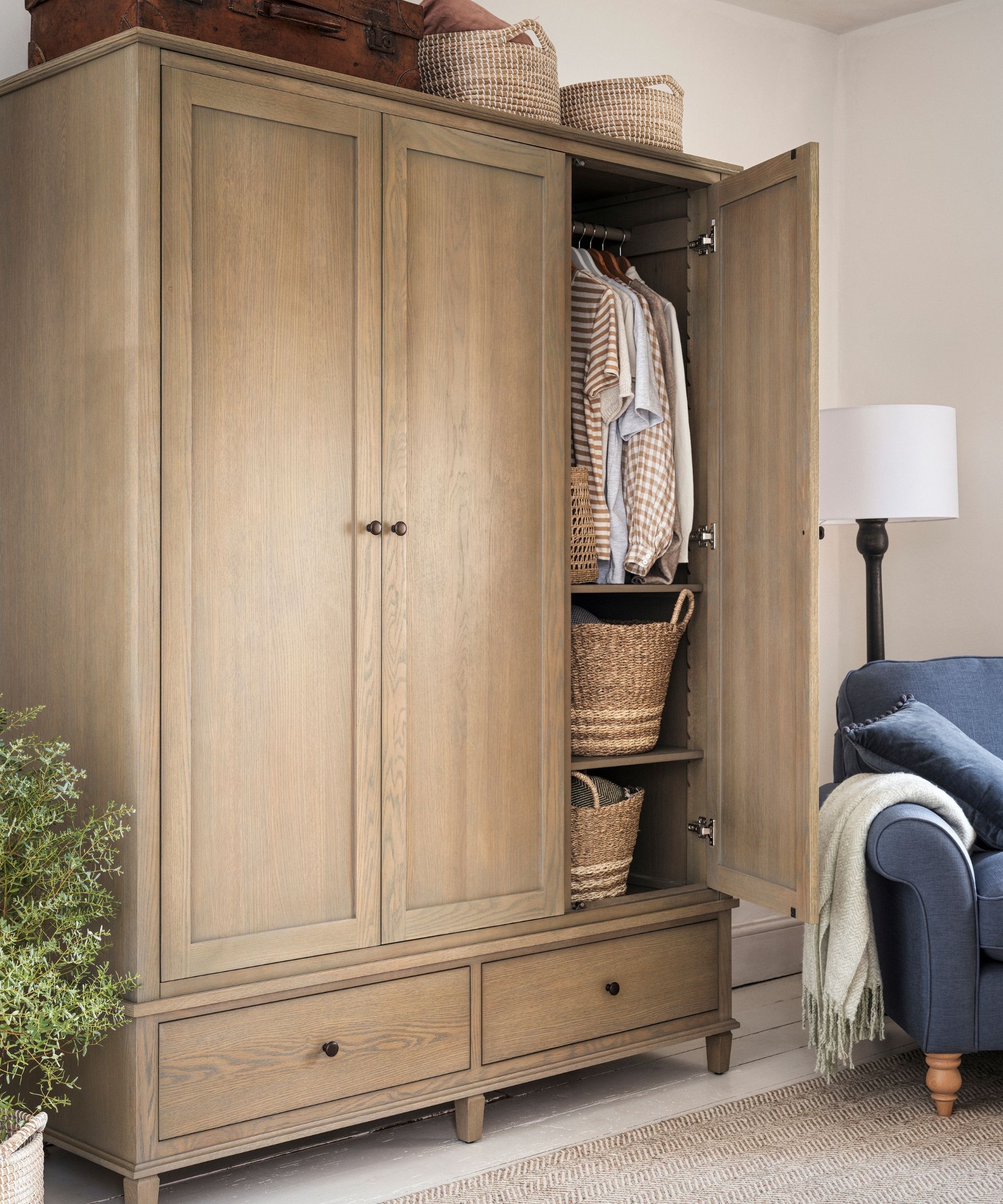
Clothing is a common category for decluttering, but can have the biggest impact on your clutter load.
Compared to paperwork, decluttering a closet is a more obvious move for Clutter Awareness Week – but you should never underestimate its impact on your clutter load.
Discussing her own home, Courtney shares, ‘When I remodeled my primary closet last year, it was the perfect opportunity to evaluate my wardrobe and my personal preferences.'
As Courtney had to remove everything, it presented the perfect opportunity to declutter.
'I started by sorting all of my items into categories to see how many pairs of jeans, skirts, and dresses that I had,' she explains. 'Then I asked myself these questions: Do you like this item? Do you actually wear this item? How does this item make you feel when you wear it? My goal was to curate a wardrobe that fit my lifestyle and made me feel good every day.'
‘Letting go of some pieces from the past that no longer fit my body was a little difficult, but I donated these items to local charities and nonprofits that help serve communities in need.'
Saying goodbye to items that belong to your 'fantasy' self will make it easier to let go of versions of yourself that do not exist.
Courtney continues, 'It made me feel good to know that someone else could get some joy from my old wardrobe pieces. It also created space in my closet for things that I love and reflect me.'
She strongly recommends, whether you are remodeling your closet or just looking for a refresh, to assess your clothing and accessories thoroughly.
'Picking out an outfit is hard enough,' Courtney explains, 'but having to rummage through piles of clothes while doing so is nearly impossible. Lighten your burden so you can get ready in the morning with ease, knowing that everything fits your body and matches your style.’
Don’t forget to utilize long-term clothes storage to section off seasonal items to make your closet more functional and lessen your clutter load without throwing everything away.
For items you know you will wear next season, use vacuum-sealed bags, from Walmart, in conjunction with under-bed storage ideas, such as these rolling storage bags, also from Walmart, to make your current wardrobe less overstimulating.
3. Streamlining entryways
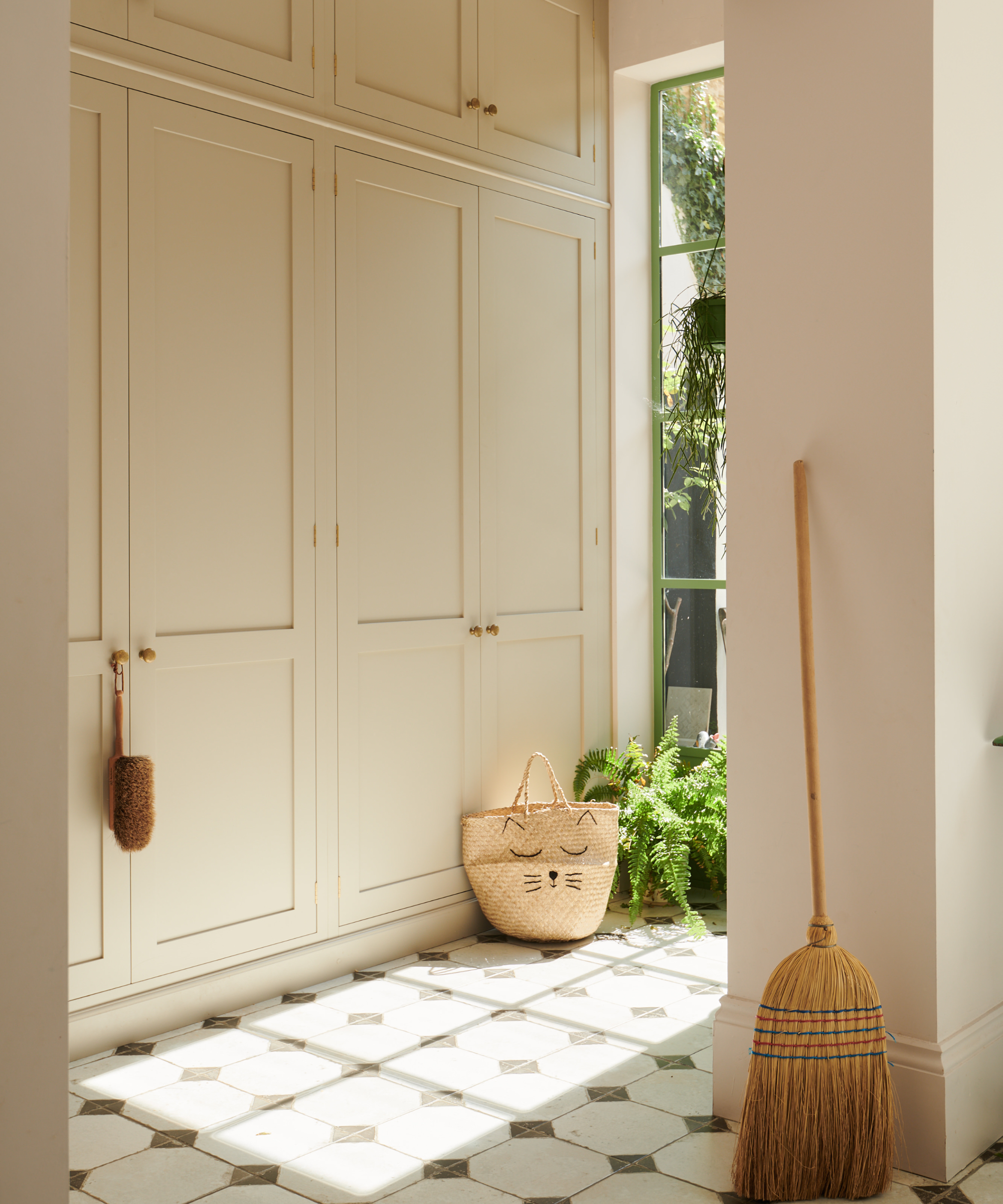
Dealing with an entryway in Clutter Awareness Week can have a knock-on impact on your routine for months to come.
Ignoring the things that make an entryway look cluttered makes coming home and leaving again more stressful than it needs to be.
Lauren Saltman, expert home organizer and owner of Living. Simplified., shares, ‘Just last week I worked with a client in Needham, MA who had two front closets that had become major sources of stress. These were high-traffic areas where the family reached for their coats, shoes, bags, sports gear, sunscreen, and everything needed for a busy, active family with two teens.'
Over time, the closets by the front door and mudroom had become overstuffed with items that didn't serve the family anymore: Coats that no longer fit, shoes that were worn out or uncomfortable, lone winter gloves missing their mate, extra hats no one wore, and outdated sports equipment.
‘What started out as "just a coat closet" had become a dumping ground for so many unnecessary items, Lauren continues, 'and was silently adding to the frustration of getting out the door each morning to school and summer camps.
Once Lauren and her client had decluttered those closets, added a few labeled bins to the shelf to corral the small items and reduce visual clutter in an entryway, it was, she says, 'like breathing room had opened up in the entryway. Now, everything fits neatly, each family member can find what they need, and they no longer dread opening the closet doors.'
This kind of targeted decluttering has an immediate impact because it makes daily routines easier.
Lauren adds, ‘My advice? Start with the spaces that cause you the most friction during the day. When you clear out clutter from those areas, even something as simple as getting dressed to go outside becomes smoother – and you set a calmer tone for the entire day.’
4. Tackling ‘Behind-the-scenes' storage
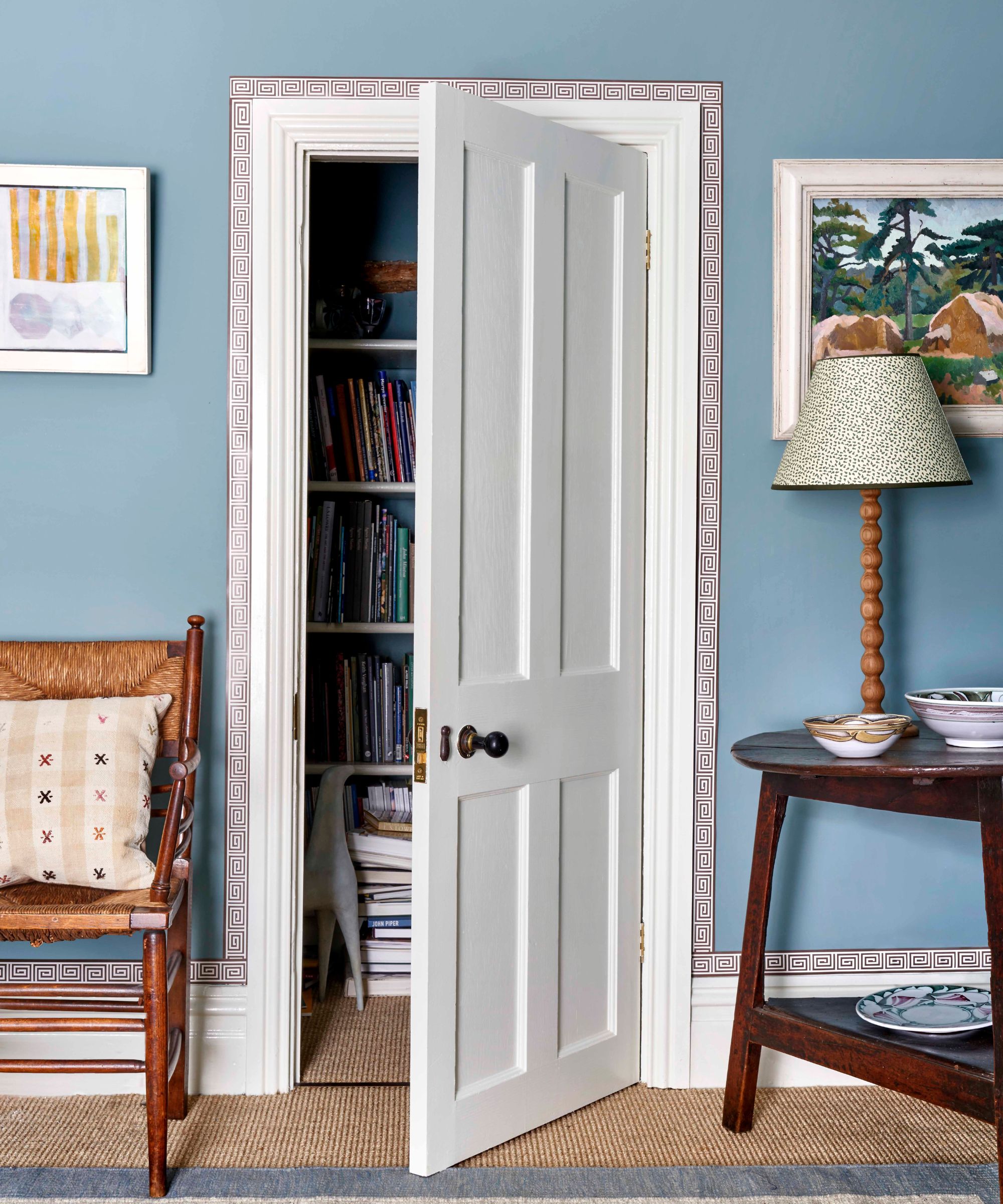
A smooth behind the scenes can make a home look flawless to guests.
When we think about perfecting home organizing, many of us think of beautiful displays of baskets and neat shelves. However, like a swan on the water, it is the behind-the-scenes storage ideas that need to be functional for our home to feel calm.
Lauren explains, ‘Another area where I often see results is the bathroom and linen closets. I've worked with many clients over the years in these spaces, and it's amazing how quickly products accumulate!
'In a recent home, we cleared out so many items that were no longer relevant – medications and beauty items that had expired, baby products from a stage of life that had passed, and products that were tried and disliked but not discarded. We also edited down sheets and towel sets, samples, and gifts that weren't being used and were simply taking up space.'
This brought about a complete transformation in Lauren's client's home, she says, ‘No more digging through clutter to find what was needed, and no more decision fatigue caused by shelves packed with forgotten items. What remained were the essentials – clean, current, and easy to access. For the first time in years, morning and evening routines were easy and peaceful.
‘These behind-the-scenes areas might not be visible to guests, but they absolutely affect your quality of life. Clearing them out doesn't just create physical space, it also reduces the mental load and helps you feel more in control of your home and your time.’
To avoid tidying when overwhelmed, work one area at a time, and only buy the storage products professional organziers can’t live without, such as lidded storage baskets from Walmart or plastic storage bins from The Container Store, after decluttering to avoid surplus.
5. Aspirational clutter
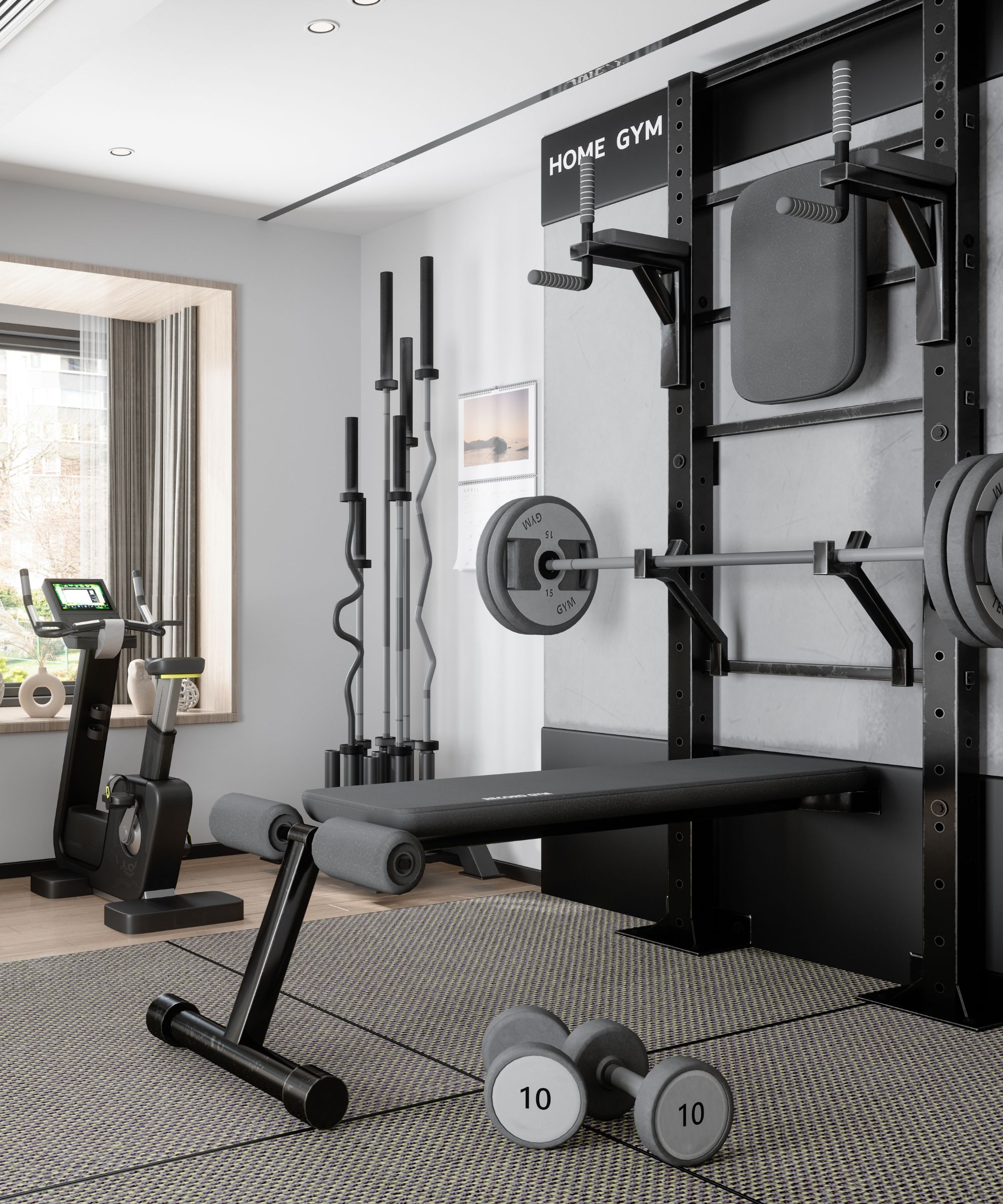
If you don't use it, don't hold onto it.
Decluttering the items your fantasy self holds onto is one of the hardest tasks, but can be a freeing option for clutter awareness week.
Brenda Scott, owner and professional home organizer at Tidy My Space reveals that this category almost always includes exercise equipment, designer clothing, beauty products, and hobby or craft supplies.
She says, 'After having spent good money, my clients and myself included feel that the money has been wasted if the item isn't kept. The reality is that the money has already gone, and keeping the items won't put money back in your pocket. It will, however, make you feel ashamed, bad, guilty, and a failure every time you see the item, because you don't want it anymore or never used it as intended.'
You can donate or sell these decluttered items, or gift it to someone in your life who will make good use of it. Brenda adds, 'This can make you feel relieved, proud that you're helping someone else, and happy that you've released the massive burden. Not to mention the space that gets freed up when said items are gone!'
She advises giving yourself a 'reality check' and be honest about whether or not you have the time and motivation to use these items. This applies to designer items and expensive products. too.
'How many times will you wear the designer clothing before it doesn't fit?' Brenda says. 'Did the beauty products do what they promised? Do you enjoy and want to continue with your hobby or craft? Do you have time that allows you to add another thing to your day? Probably not. So be real. You tried it and now move on.’
There are two approaches to decluttering aspirational items. You can either treat them as if you are decluttering sentimental items, or you can be more ruthless with decluttering, depending on your attachment to the item and your energy levels on the day.
What to shop

Baskets are the best go-to for creating drop zones. Be they in your entryway, living room, or hallway, they can quickly corral clutter, making it easier to put away at the end of the week.
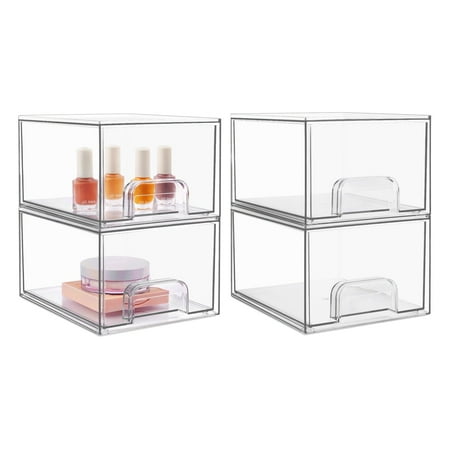
Make better use of vertical storage to save space on shelves by using stacking drawers to keep items accessible, but neat and tidy.
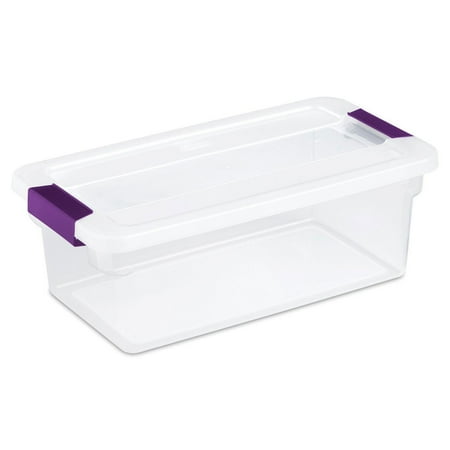
Latch boxes are ideal for organizing spaces such as attics, basements, and garages where items are more susceptible to moisture and temperature fluctuations, or pests.

Under bed storage is a great way to expand on your existing closet space, be it for storing your off-season items, or offering a place for your bulkier pieces that need folding, but take up too much space in dresser drawers. These bags on wheels make them easy to pull out quickly and access as needed.
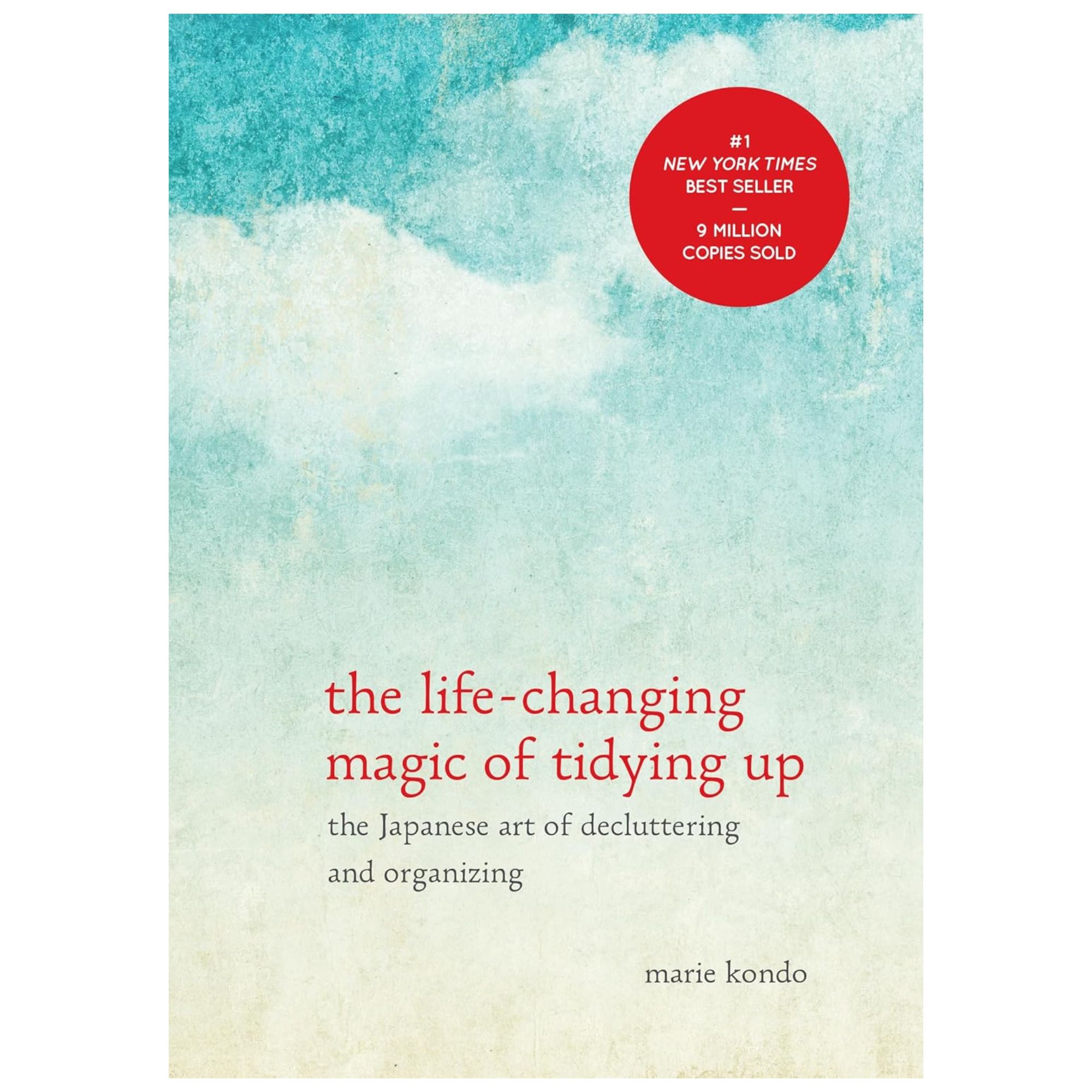
Want to make decluttering and organizing a more permanent fixture beyond Clutter Awareness Week? This bestselling book packs so much information into a mere 200 pages, in a readable and digestible format that's accessible to all readers of all ages.
Meet the experts
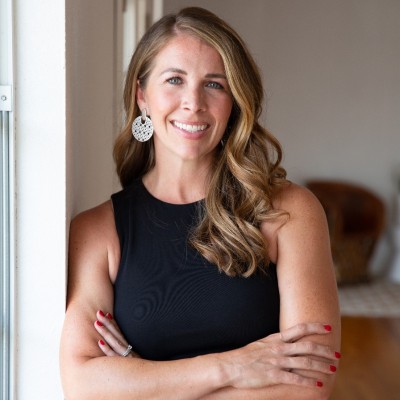
Audra George has over 12 years of experience working in clients' homes. Her passion is to help others and to organize and help busy families get their spaces in order.
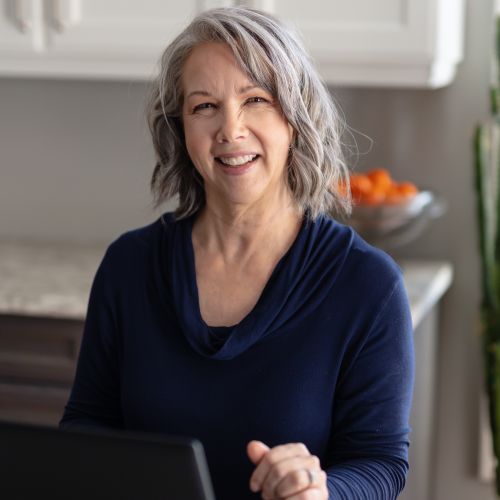
Brenda Scott is passionate about home organizing, decluttering, and creating a safe home. At Tidy My Space, she helps people to keep their homes tidy when life gets busy. Brenda shares useful tips and gives practical help with sorting and editing her clients' spaces, leading them to feel less stressed and bringing the luxury of time to be spent with family, friends, or on themselves.

Courtney is the founder, owner, and lead organizer at The Stylish Organizer. She started out as an event planner, program manager, and communications director 16 years ago before making the transition to professional organizing after discovering the joy and serenity that she could bring to others through organizing their homes.

Lauren is a professional home organizer who specializes in working with busy families and retirees. She empowers her clients to take control of their environments for increased confidence at home.
To set yourself up for a successful decluttering session in clutter awareness week, decide on one area you want to tackle and create a plan before starting.
Decide what you want to achieve, how much time you have to achieve it, and what you are going to do with the items you are getting rid of (donating, trashing, or selling), to increase the likelihood of getting rid of items rather than letting them sit in piles around your home.
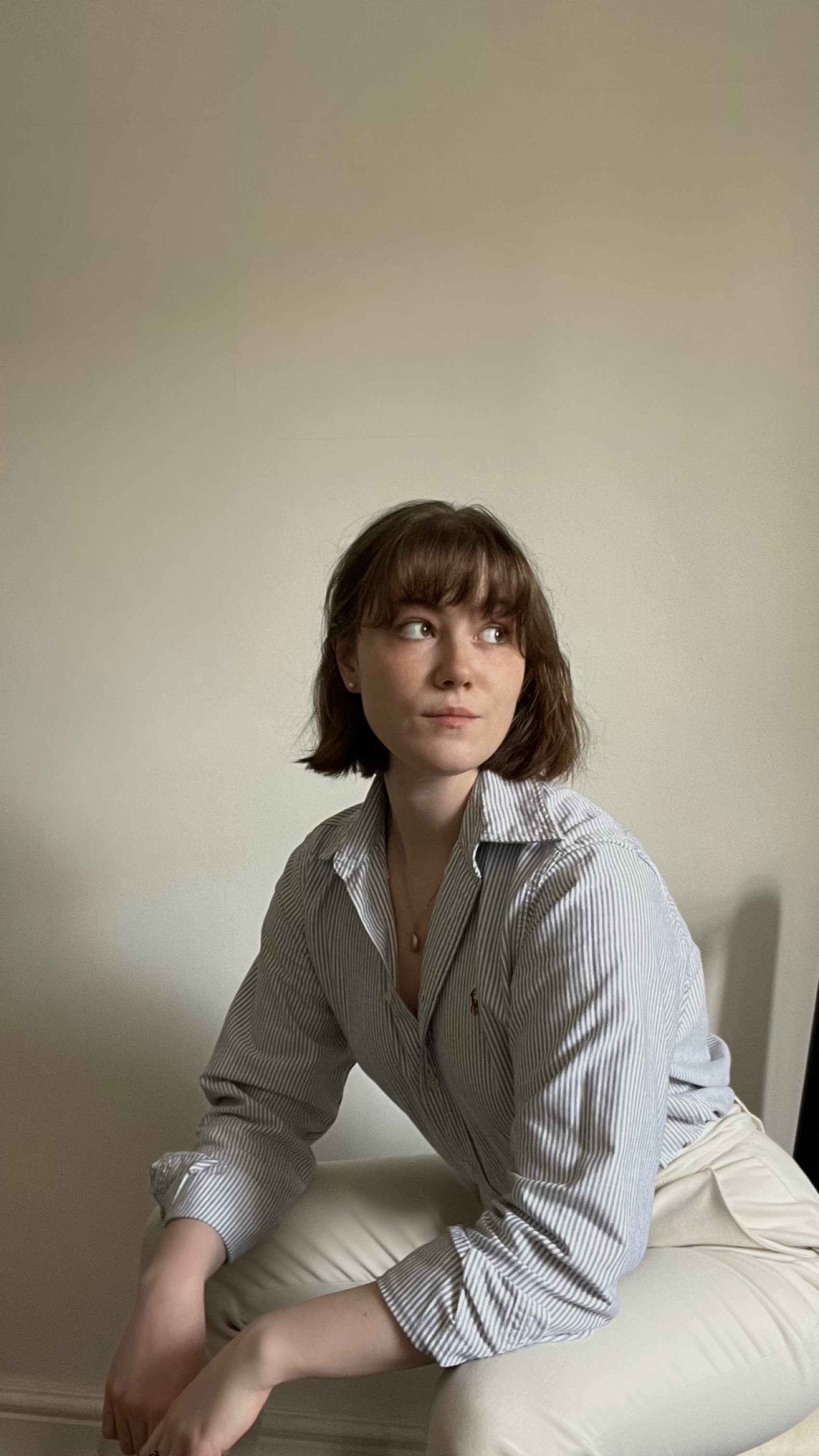
Chiana has been at Homes & Gardens for two years and is our resident 'queen' of non-toxic living. She spends most of her time producing content for the Solved section of the website, helping readers get the most out of their homes through clever decluttering, cleaning, and tidying tips. She was named one of Fixr's top home improvement journalists in 2024.
